Pre-Designed Time
September 15, 2015 marks the 40th anniversary of the passing of an outstanding Soviet aircraft designer, Doctor of Technical Sciences, Twice Hero of Socialist Labor, laureate of state prizes Pavel Osipovich Sukhoi. About Pavel Osipovich, his colleagues and presenters aviation specialists have always responded as an engineer ahead of his time. And it's hard to argue with that. Without exception, his cars carried new ideas and technical solutions aimed at the future. Sometimes for the present they turned out to be too progressive, and their time came a little later. But today, no one is surprised by the fact that those created under the direct supervision of P.O. Sukhoi aircraft such as the Su-17, Su-24 and Su-25 are still in service with many armies in the world. And this is a proof of the future-oriented talent and the extraordinary gift of foresight.
Pavel Sukhoi was born on July 10 of the year 1895 in the village of Deep Vilno Province in the family of a school teacher. In 1897, his family moved to Gomel. In this Belarusian city, Pavel enters the gymnasium, which he graduates with a silver medal. It was during his studies that he first saw the plane. It was “Farman” managed by one of the most famous Russian pioneers of air flights, Sergei Utochkin. No matter how short the first encounter with the plane was, it left an unusually deep trace in the life of the young Paul. This is how he himself recalled this: "I was walking with friends from the gymnasium, when suddenly an airplane flew over us. For me, it was so unexpected and surprising that it took breath away. After all, not a bird, but a man flew over us!"
And the first thing Paul did when he got home was to climb up to the attic and make a model airplane. Alas, she could not fly: the young designer lacked knowledge and experience, and even notions of how and why airplanes fly. But Sukhoi did not disappoint and did not stop. From that moment on, he began to search in books, magazines and newspapers for any information about aeronautics and airplanes. At the end - an article written by N.E. Zhukovsky. It was she who finally determined the life path of Pavel Osipovich. Now he dreams of only one thing - to design and build aircraft.
After graduating from the gymnasium of P.O. There was no dry question where to continue my education. He knew for sure - you need to go to Moscow to the Technical School, where N.Ye. Zhukovsky. Pavel's father sent the necessary documents to his brother in Moscow. And he, fearing to lose the paper, took copies to the selection committee, not the originals. And it was a mistake. Because of this, Paul was refused admission. However, he was able to enroll in Moscow University in the Faculty of Mathematics, and the following year, after all, he moved to the Technical School. From that moment on, Sukhoi fully immersed in the world of aviation He listens to Zhukovsky’s lectures, attends the aeronautics circle, manufactures gliders and model airplanes, and participates in the design of the wind tunnel. The elders in the circle at that time were: A. Tupolev, V. Petlyakov, B. Stechkin and the Arkhangelsk brothers.
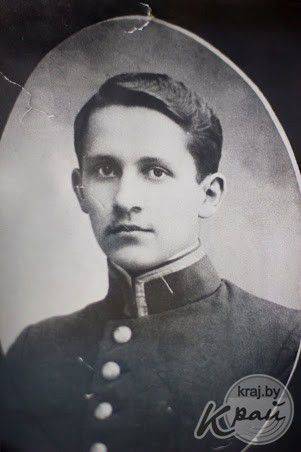
A year later, the World War began. BY. Sukhoi is drafted into the army and sent to the school of ensigns, and soon to the front to the operating artillery unit. Sukhoi managed to prove himself at the front and after two years became the chief of a machine-gun team. Flights of airplanes Pavel Osipovich is already observing in real combat conditions. He becomes a witness of air battles and bombings. He sees the effectiveness and power of the new kind of troops.
After demobilization in 1918, Sukhoi taught mathematics at a school in the Belarusian town of Luninets. But the passion for aviation does not leave him. And in 1920, he re-enters the Moscow Technical School. In 1924 year, continuing his studies, P.O. Sukhoi is arranged as a draftsman at TsAGI, where, under the direction of A.N. Tupolev engaged in his thesis project - "Single fighter with a motor 300 hp" After a successful defense, Andrey Nikolaevich invites him to his design department at TsAGI.
Dream P.O. Sukhoi came true - he became a design engineer. And soon he headed a brigade of light aircraft, which was soon commissioned to create an I-4 fighter (ANT-5).
It is necessary to say that from this first work to the most recent projects, the words “first”, “for the first time” will accompany almost all aircraft developed under the direct supervision of P.O. Dry. The creation of the first Soviet all-metal fighter from the recently appeared mailman-aluminum (the domestic equivalent of the German duralumin) is not an easy task by itself, but Sukhoi takes even greater risk by refusing the usual and well-developed biplane scheme. The plane became a one-and-a-half plan, its lower wing was five times smaller than the upper one. But this scheme made it possible to abandon the braces creating resistance and increase speed. The plane went into the series. It was distinguished by good maneuverability and high durability. In the process of developing the Sukhoi team managed to get the first experience with the "winged metal" and solve many issues related to its use.
And soon Pavel Osipovich was given the task of developing the next fighter - the monoplane I-14. Starting development, Sukhoi again proved to be true to his style and immediately offered to introduce many technical innovations into the car: a retractable landing gear, equipped with a braking system, a cockpit with heating that can be closed with a lantern, a smooth fuselage cover, and racks with oil-pneumatic shock absorption. So innovative was the design style of Sukhoi and all subsequent years.
It should be noted that the idea of making the chassis retractable during the flight did not immediately find supporters; for many, the cleaning process seemed too complicated. There were doubts. And if the chassis is not released when the plane goes to land - then expect trouble. But Sukhoi shows perseverance, he takes all the responsibility, because this innovation can significantly increase the speed. For her, Dry also goes from corrugated to smooth. In the spring of 1933, the new winged car made its first flight. The fighter turned out to be easy and maneuverable, and was soon recommended for mass production. Note that the I-14, created in the early thirties, had all the technical innovations of the piston fighters of the forties. He became the forerunner of the best fighters of World War II.
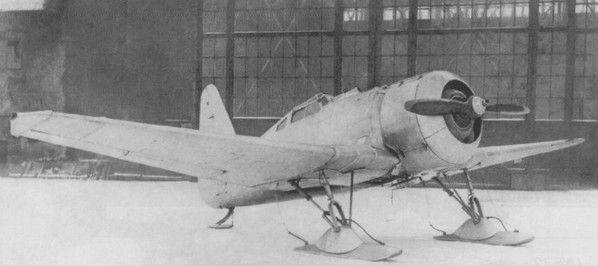
In 1932, P.O. Sukhoi is appointed responsible manager for the development and construction of single-engine record aircraft RD (ANT-25). General project management was carried out personally by A.N. Tupolev. The deadlines were set very tight, and in this project involved all design teams. The design took six months, and in the summer of 1932, the construction of a prototype was started.
Record flights ANT-25 across the North Pole to America, made by the crews of Chkalov and Gromov, even more inspired by P.O. Dry, instilled in him confidence in their own abilities and in the correctness of his chosen innovative approach to solving complex problems. Upon completion of the triumphal flights of the RD plane, it completely goes to the new project.
On the twin-engine plane DB-2 “Rodina”, which was soon developed by the Sukhoi brigade, the crew of Valentina Grizodubova flew in a straight line, 5947 km long (the full range of the flight was 6450 km), setting a new world female record. For the creation of the Rodina plane, Pavel Osipovich was awarded the Order of the Red Banner of Labor. In the Soviet aircraft industry, another talented designer appeared. And it was noticed by the leadership of the country.
In the summer of 1939, a new independent design bureau was organized under the guidance of P.O. Dry. He was appointed chief designer and, moreover, director of the pilot aircraft factory.
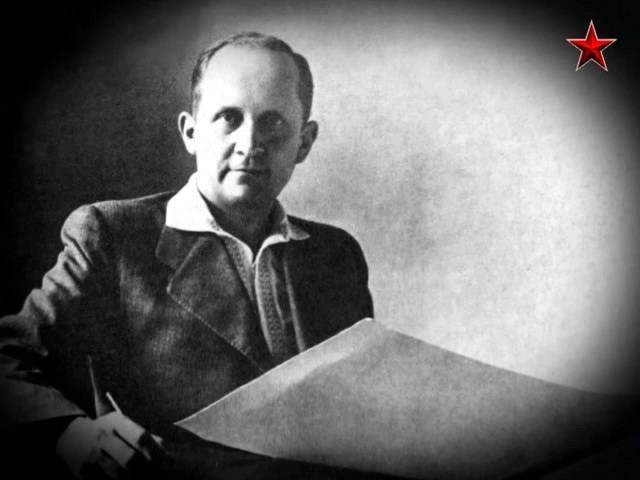
The firstborn of the new design bureau becomes the winner in the competition for the creation of a multi-purpose aircraft, held under the cipher "Ivanov". The competition was very serious, because six aviation design bureaus submitted their projects for the competition. After the first round of them there are only three. According to the results of the competition, the project of Pavel Osipovich was recognized as the most relevant to the requirements of the military and recommended for implementation in production.
In 1939, the Sukhoi aircraft was adopted under the name BB-1 (Middle Bomber), but already from 1940, it became officially known as Su-2. And from this point on, a new stage of P.O. Sukhoi - he began to create aircraft with his own name. Su-2 was actively used in the initial period of World War II. The pilots noted the good survivability of the aircraft, which was provided by a rational design and, specially developed by KB engineers, a highly efficient fire-fighting system.
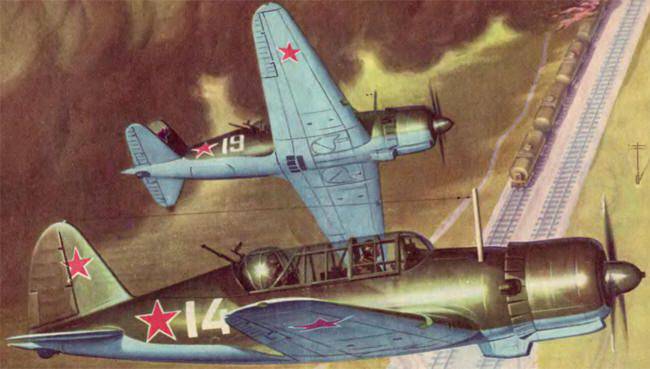
Work on the creation of more advanced aircraft in the difficult war years did not stop for a single day. In 1943, P.O. Sukhoi was awarded the Stalin Prize for creating the Su-6 attack aircraft. This machine surpassed the famous IL-2 in a complex of tactical and technical characteristics. But to introduce the machine in the series did not. This would have made it possible to reduce the rate of release of the Il-II, and the front at that time demanded more and more attack aircraft.
With the end of the war, Sukhoi Design Bureau began building its first jet machine, the Su-9 fighter. It was designed on the instructions in which it was prescribed to create a car according to the German Me-262 scheme. At the same time, it was stipulated that, with an identical power plant, the Soviet aircraft had to surpass the German equivalent in all respects. And Sukhoi was able to prove his superiority over the German designers, just look at the table.
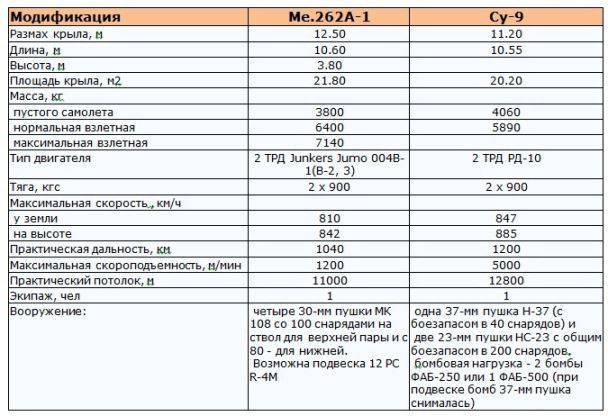
Striving for the maximum perfection of the design, Pavel Osipovich often presented his planes for testing later than A. Mikoyan and A. Yakovlev did. MiG-9 and Yak-15 first flew 26 on April 1946. It was they who were destined to become our first fighter jets. And Su-9 took off only at the end of the autumn 1946 of the year. Despite the excellent characteristics noted by the military, there are no longer any serial factories for it.
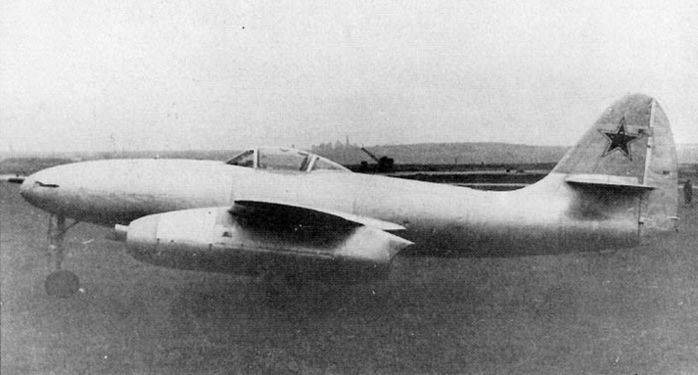
Su-9 also showed Sukhoi’s design style. For the first time in the USSR, an ejection seat, a drag parachute, power boosters, control systems and other innovations were used on this jet engine. And besides, the Su-9 was the first aircraft equipped with a domestic turbojet engine designed by A.M. Cradles. The new modification was named Su-11. Thus began the era of jet planes, in which P.O. Sukhoi revealed the most.
Before 1949, Su-15 and Su-17 fighters (the first with such names) equipped with swept wings are created in KB. Su-17 was the first aircraft in the world to solve the issue of ensuring the aircraft to safely leave the aircraft at maximum altitudes and speeds using a detachable sealed cockpit. The car was manufactured and delivered to the airfield for flight tests. But this fighter, ahead of its time, was not able to take to the air due to the elimination of the design bureau in 1949. At the same time, Sukhoi was offered to engage in a rocket theme. But Pavel Osipovich refused and the following years worked as deputy A.N. Tupolev.
In 1953, the error was corrected; Sukhoi was offered to head the KB-1, which since July 1952, has been researching the American fighter Saber with a view to its reproduction in the USSR. It was never characteristic of Pavel Osipovich to follow in the tail. He seeks to close a hopeless topic and takes on new progressive projects. The design bureau, which the former Sukhoi employees have joined, is starting to develop the C-1 front-line fighter. And already in the spring of 1956 of the year, this plane reached a record speed in 2170 km / h in horizontal flight. In parallel, there was a design and the first Soviet aircraft, equipped with a delta wing - the interceptor T-3. This machine also showed outstanding performance. On it in 1959-1962, several world records of altitude and speed of flight were set. Both cars went into high-volume production, having received the names of Su-7 and Su-9. After a stunning display of these cars during the air parade on 1956, the Western press called P.O. Dry "designer out of the shadows." In June, 1957, P.O. Sukhoi is awarded the title of Hero of Socialist Labor.
On the basis of the Su-7 front-line fighter, a fundamentally new type of combat aircraft was later created - the Su-7B fighter-bomber, designed for strikes against ground targets. In total, more than 1800 Su-7 machines of various modifications were manufactured, of which about 700 were shipped abroad in 9 countries of the world.
Su-9, which was armed with the latest, at that time, air-to-air guided missiles, became the basis of the first in our country automated aviation complex of interception. While working to increase the Su-9 combat effectiveness, the Su-11 interceptor was created in the Sukhoi design bureau, which received a more powerful on-board radar and a new weapon system. In total, more than 1000 Su-9 interceptors and over 100 copies of Su-11 were manufactured. For many years, these machines were the fastest and high-altitude among the production of Soviet aircraft.
In 1960, under the guidance of P.O. Sukhoi began work on the deep modernization of the interception complex, created on the basis of the Su-11. The new complex was supposed to provide the ability to intercept air targets in the forward hemisphere. The end result was the birth of an entirely new interceptor fighter, named Su-15. It was about this car Air Marshal E.Ya. Savitsky said: "Create Pavel Osipovich Sukhoi only this one plane, - he could already be called an outstanding aircraft designer, and on his account a lot of other great machines."
In 1965, a new version of the Su-7B aircraft went into the series. And at the end of the summer of 1966, the first airplane in our country with a variable geometry C-22I plane made a flight. This machine was created on the basis of the Su-7B and differed from the base aircraft exclusively new mobile wing. It was in this was the brilliant move of Sukhoi. The new aircraft, which received the Su-17 name in the series, acquired new unique capabilities, retaining most of the technological equipment at the plants. Such modernization extended the life of the serial jet first-born P.O. Sukhoi, fighter-bomber Su-7B to this day.
In the summer of 1972, the T-4 took off. It was the world's first aircraft equipped with a remote control system (EDSU). On the plane T-4, designed to fly at a speed three times the speed of sound, except for the introduction of the EMF, there were many other innovations. It used titanium alloys and new high-strength steels, which were specially created for this machine. Welded titanium structures, multichamber steering drives of enormous power, having separate actuating and distributing devices, were widely used. A high-temperature hydraulic system with a nominal operating pressure of 280 atm was used. It should be noted that the possibility of creating such an aircraft in those years was denied by many reputable experts of the industry, including A.N. Tupolev. “When choosing the parameters of a new aircraft, often taking risks,” recalled Aircraft Marshal S.I. Rudenko, Pavel Osipovich Sukhoi took to design only the highest data that was on the verge of the capabilities of science and technology of that time, and sometimes even slightly higher. And most importantly, he embodied all of this into reality. "
And although this breakthrough machine did not become mass-produced, the technologies and constructive solutions mastered on it formed the basis for the creation of next-generation aircraft. The development of the T-4 theme was supposed to be the T-4MS supersonic long-range bomber. Created by an integral layout, which later became the basis of the Su-27 aerodynamic scheme, the design of this aircraft still looks futuristic.
Another major theme of the Sukhoi Design Bureau in the sixties was the creation of a new shock machine. The main requirements were to ensure the possibility of all-weather use, short take-off and landing distances, and the maximum variety of weapons nomenclature. Dry very soon realized that it was impossible to create such an aircraft on the basis of existing machines. The scheme of the aircraft, equipped with additional lifting engines, was originally developed. This scheme has passed experimental testing. First, studies were carried out on the flying laboratory T-58VD, which was created on the basis of the serial Su-15. And in the period from 1967 to 1968 year and on the first prototype - the plane Т6-1. However, during the tests it was found that the development prospects of this scheme practically does not have. All forces were concentrated on a machine equipped with a variable geometry wing. As a result, the Su-24 bomber was born, which was put into service in the 1975 year. For the first time in this sighting and navigation complex, a digital computer was used on this heavy twin-engine machine; a low-altitude flight mode was implemented with overflight obstacles, which increased combat effectiveness. The industry has manufactured about one and a half thousand aircraft of this type. Bombers Su-24 and today in the ranks of our Air Force and form the basis of front-line aviation.
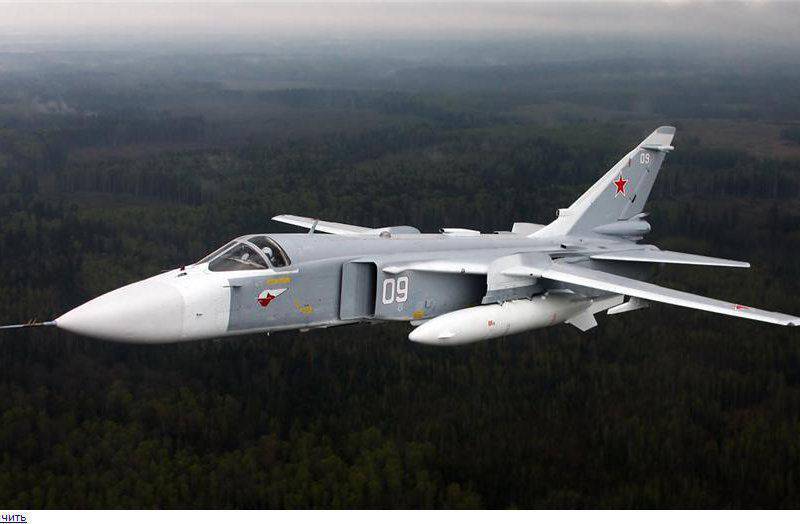
And, of course, speaking of the latest aircraft, to the development of which Pavel Osipovich was directly related, it is impossible to ignore the legendary Su-25 attack aircraft, nicknamed by the troops “Grach”. Its development was initiated on its own initiative by several leading designers of the Sukhoi Design Bureau. At the same time, the army leadership at that time did not plan at all to be armed with attack aircraft that did not possess supersonic speed. Naturally, the reaction of the military to the preliminary design presented to them was negative. But on. Dry knew how to look to the future. “Continue to work,” he told the designers who worked on the attack aircraft project, “The military themselves do not understand that they need this particular aircraft. It will take a little time, and everything will fall into place. "
In 1972, Pavel Osipovich approved a general concept and scheme for the future of Su-25, making several valuable corrections to the project. This plane was the last car of Pavel Osipovich. 15 September 1975, an outstanding designer died. A "Rook" was prepared for a long and glorious life. The only domestic attack attack aircraft to this day remains in the ranks, and, apparently, is not going to resign. But since its birth forty years have passed.
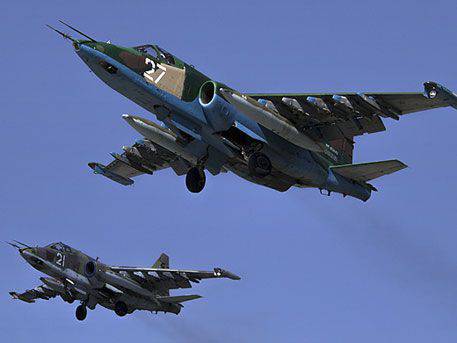
As with all Sukhoi machines in the Su-25 there were a lot of innovations. It, in particular, introduced a combat survivability complex, which included a fully armored cockpit, fuel tanks with porous aggregate, and other measures were applied that ensured a significant reduction in aircraft losses and the death of pilots in actual combat conditions.
Solving design problems, however complex they may be, P.O. Dry always sought to simplicity and elegance. This is essentially the most difficult in the design work. That he owns the words: "Make it difficult - everyone can." Pavel Osipovich often had to find solutions with an acute shortage of source data. He walked along an unknown path, and they simply had no place to take. And in such situations his technical and organizational intuition was most pronounced. His decisions are often admired, the motives of some are not yet clear. But in general, we can safely say that most of them were true, some - the only possible, bordering on brilliant conjectures. This was recognized by many well-known aircraft designers. For example, S.A. Lavochkin once said: "If you have a designer and learn, it is from Sukhoi."
Streets, schools, and a university are named after Pavel Osipovich, but the main monument to the outstanding designer is the aircraft bearing his name today. Including the famous car family Su-27. Indeed, the basis of these outstanding combat vehicles are selected P.O. Dry for T10 aircraft aerodynamic scheme, dimension, the use of the integral layout and instability in the longitudinal channel, as well as other solutions that determined the success of the creation of this world-famous aircraft.
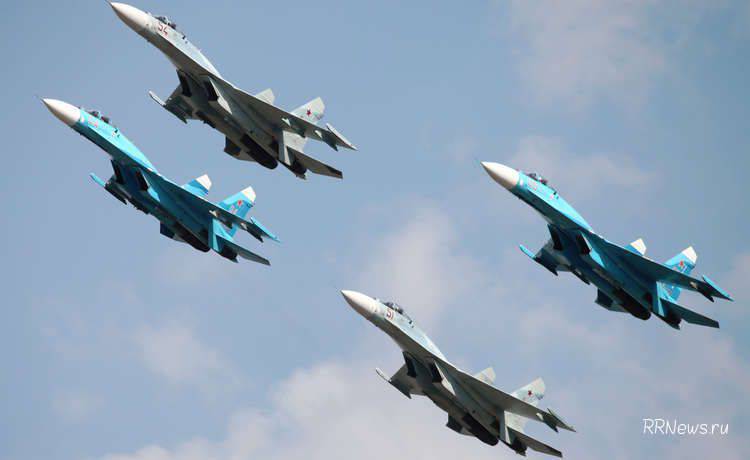
Sources:
Kuzmina L. General Designer Pavel Sukhoi. Pages of life. M .: Young Guard, 1983. C.7, 12-16, 210-112.
Proklov V. 70 years of Sukhoi Design Bureau. // Aviation and Cosmonautics 2009. No.8. C. 1-7.
Kuzmina L. Strokes to the creative portrait of P.O. Dry. // Wings of the Motherland. 1999. No.7. C.1-2.
Proklov V.P.O. Dry. // Aviation and Cosmonautics 2015. No.8. C. 2-9.
Gordyukov N. Sukhoi's first jet fighters. M .: Polygon, 1994. C.8-14.
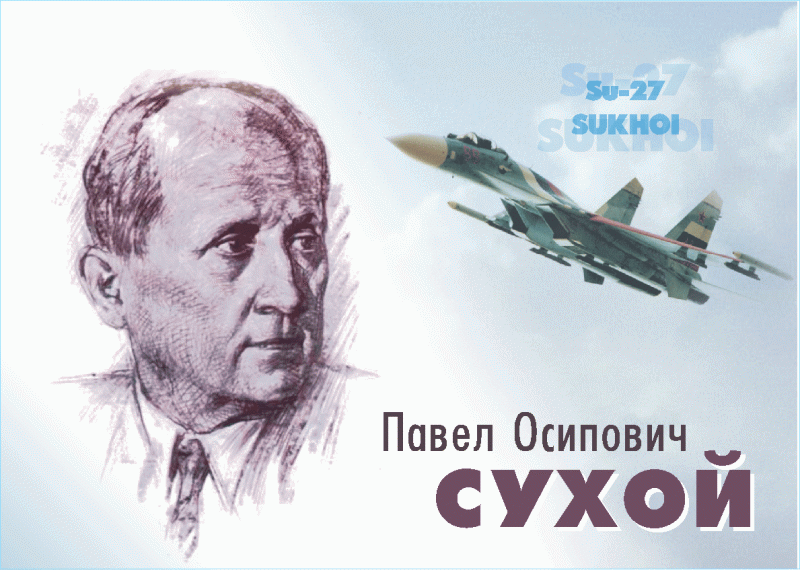
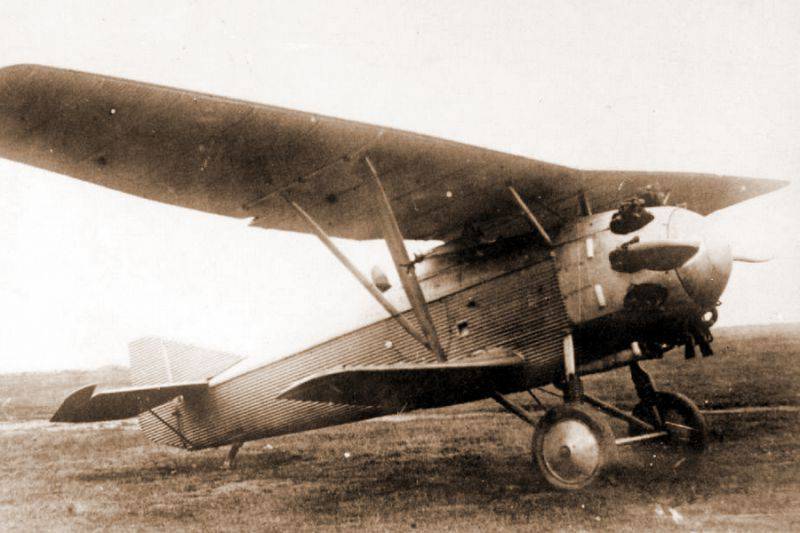

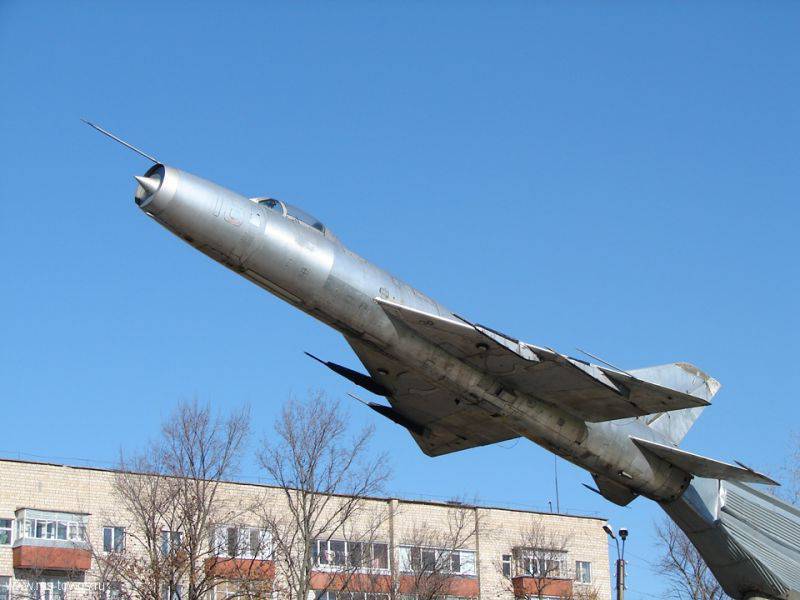
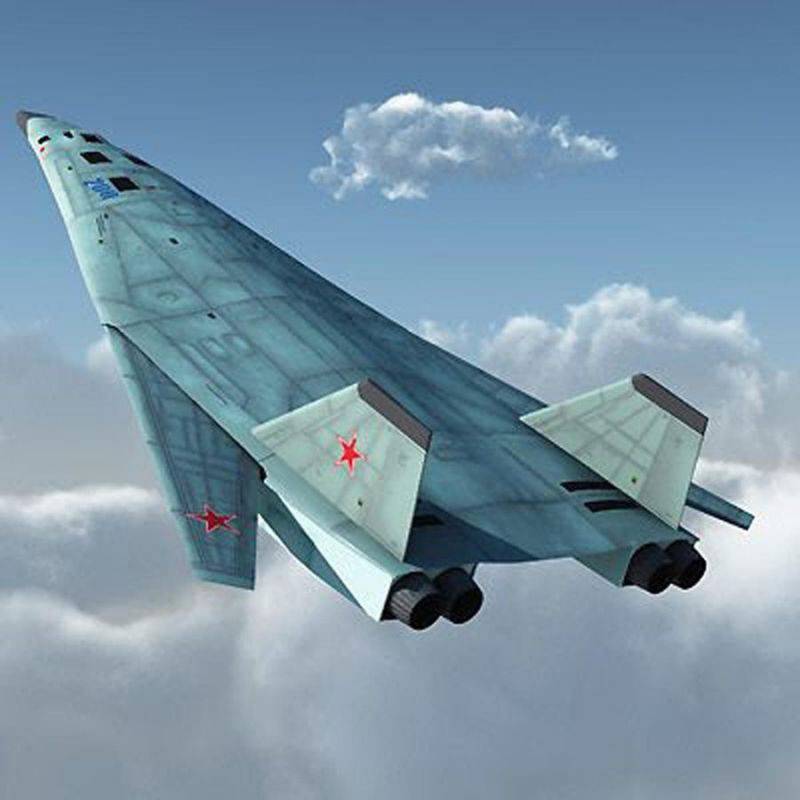
Information